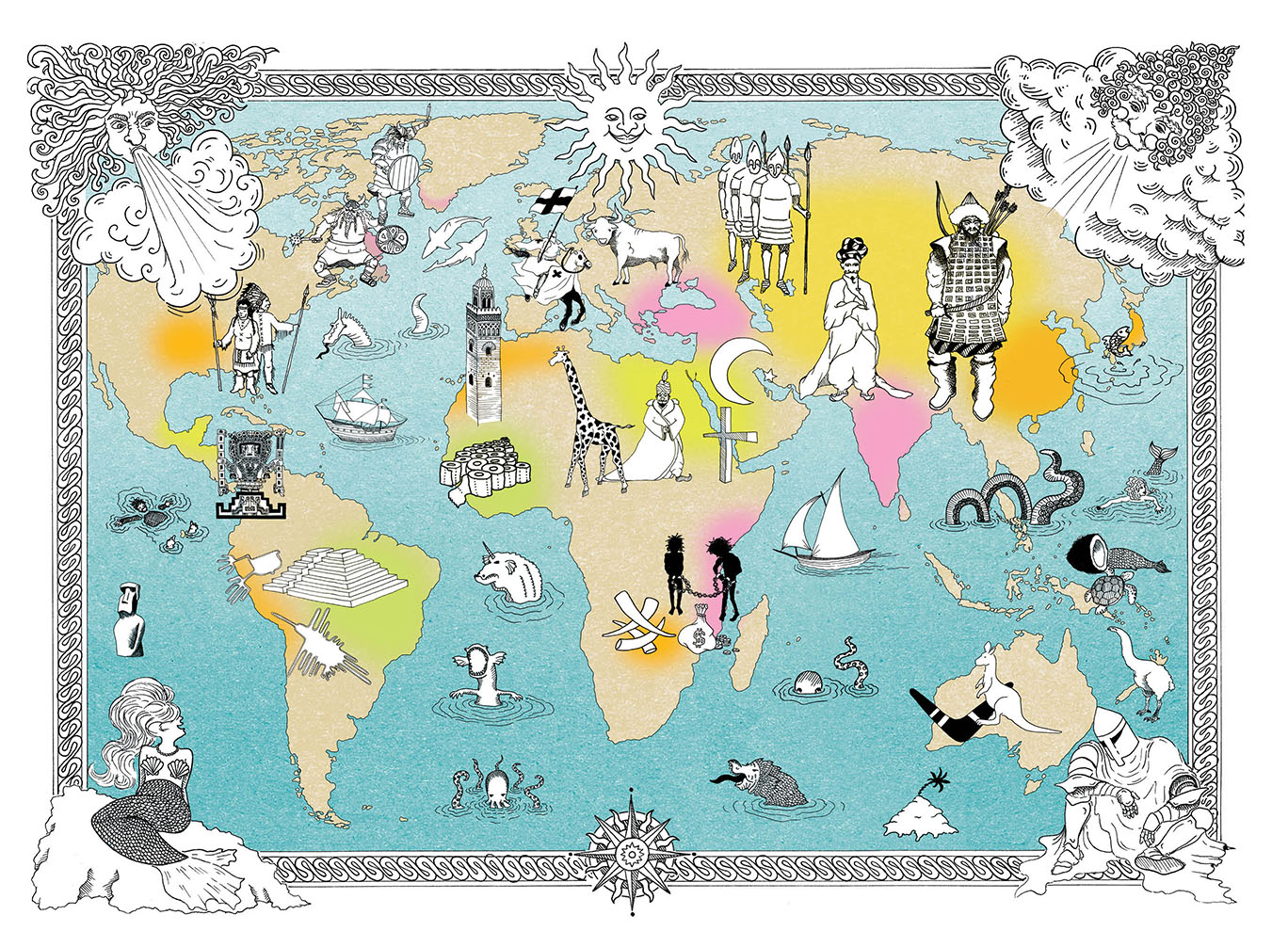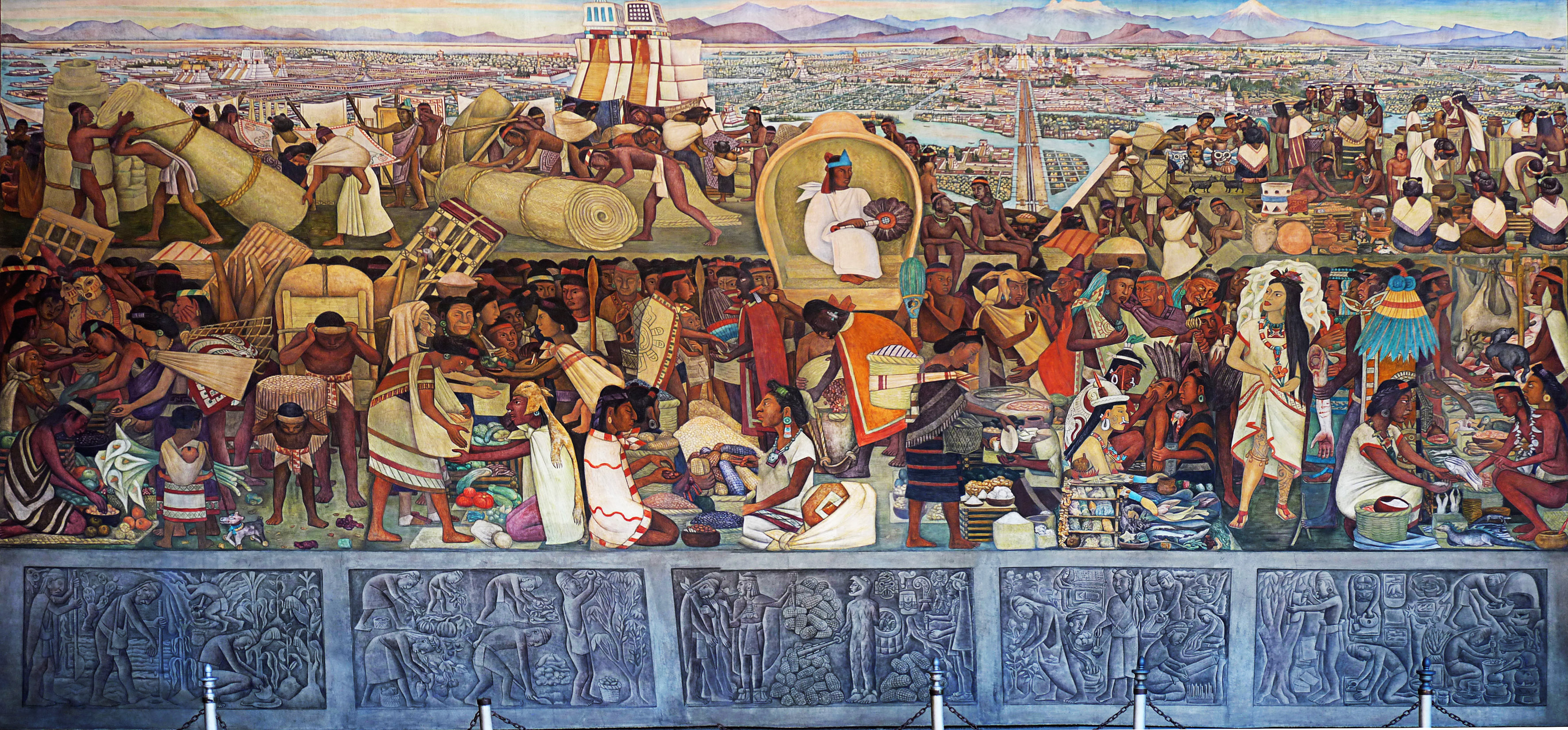
Two African travelers meet on a pilgrimage in medieval Mecca—one has just returned from Australia, and the other will soon set out to search for the land we now call America. Impossible? Not at all. It’s just hard for Europeans to imagine.
The West is not the center of the world— this is a truth its adherents are increasingly having to confront today. The emergence of Europe as a major global power was not a historical inevitability, but the result of random events. It is enough to go back a few centuries to see a globe on which the western-most stretch of the Eurasian continent was nothing more than one of many significant spots on the map, and certainly not the most important, the richest, nor the most influential. This is the Earth in the year 1313.
One Thousand and One Kingdoms
In the 14th century, no one considered migrating from Africa to Europe in search of a better life. Leaders of African empires were more interested in conquering their neighbors north of the Mediterranean Sea than moving in with them. In Muslim Morocco, for example, the Marinid Sultanate was planning to expand into the Iberian Peninsula. After all, the place had been under Islamic rule for a good few hundred years, and the Emirate of Granada, with its impressive wealth, was still fighting back Christian armies.
Yet, at the meeting point of both civilizations, trade and culture also flourished. It was an intellectual hub for brilliant physicians, mathematicians, and architects. The breathtaking minaret of the Mosque of the Booksellers [Kutubiyya] towered over the Moroccan city of Marrakesh. Meanwhile, the adolescent Ibn Battuta was already fantasizing about faraway journeys to the furthest parts of the known world. Soon, his dream would come true: over the next quarter of a century, he would travel a distance of 74,500 miles across Africa, Asia, and Europe.
Morocco neighbored with the even more powerful Muslim state of Mamluks who controlled Egypt, part of Libya, and vast swathes of the Middle East. The sultans were ruthless to their enemies and generous toward the sprawling sanctuaries in Mecca and Medina. The inhabitants of this harshly-ruled empire could find some relief in the One Thousand and One Nights—a collection of centuries-old folk tales of money, sex, and power. These stories were so popular and so inappropriate that they became the target of Islamic censors and religious leaders in the 14th century.
The world





